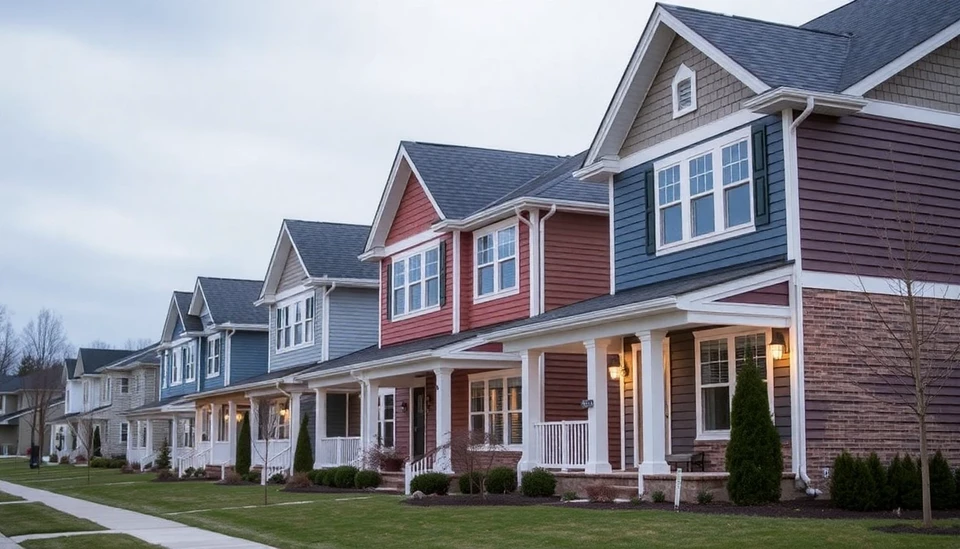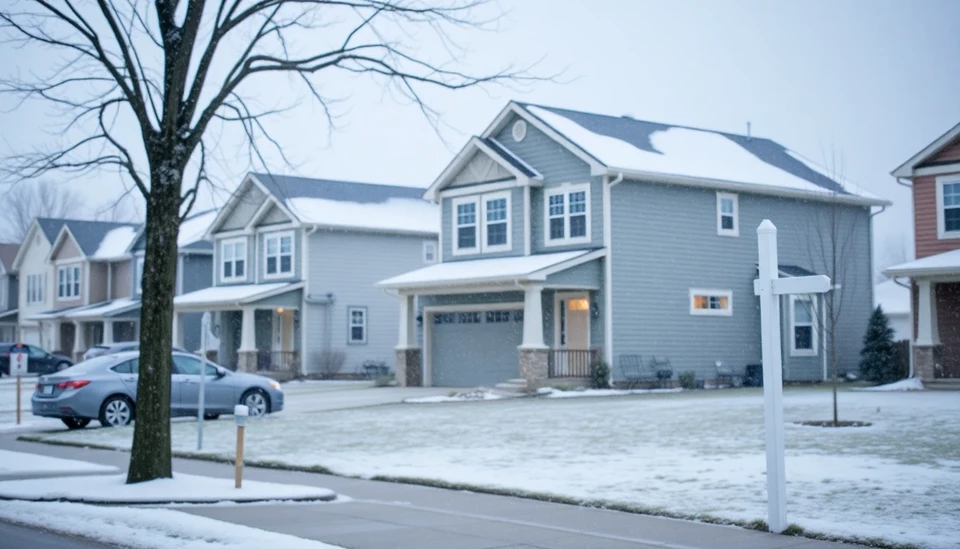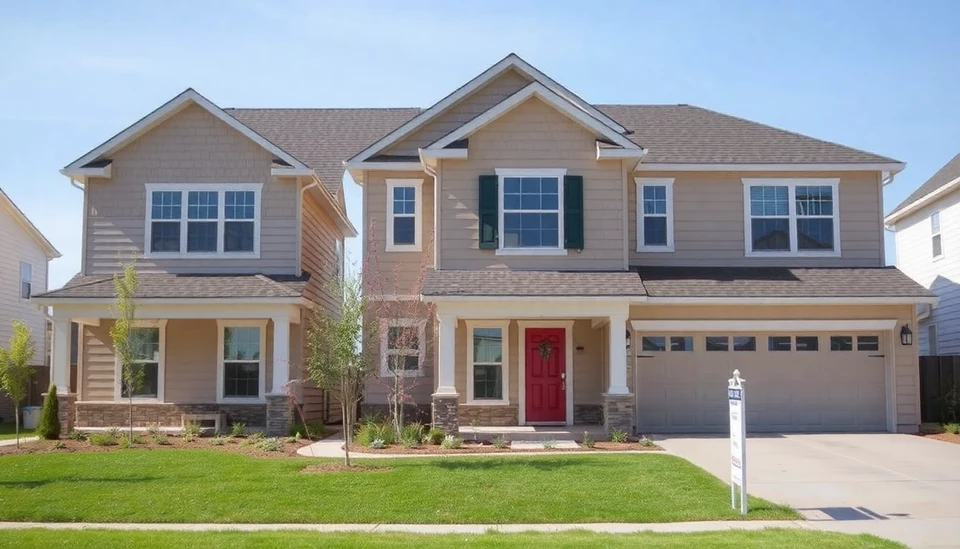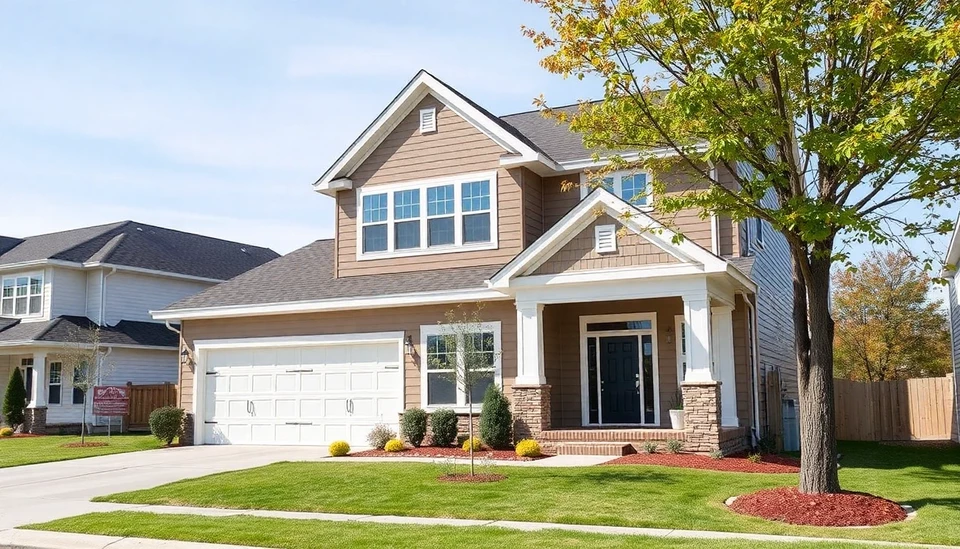
In an unexpected turn of events, recent data reveals that new home sales in the United States have far exceeded analyst predictions, showcasing a remarkable surge, particularly in the southern regions. This substantial increase in home sales not only indicates a thriving housing market but also reflects broader economic trends that professionals are closely monitoring.
According to the latest report from the U.S. Commerce Department, new home sales rose by 15% in March, reaching an annual rate of 1.02 million units. This rate significantly surpassed economists' expectations, who projected a more modest increase of around 2%. The report highlights that the South experienced the most prominent growth, where home buyers are taking advantage of favorable conditions and a generally more affordable market.
This surge is notable, especially considering the broader context of rising mortgage rates, which have been a concern for potential home buyers. However, the southern housing market has shown resilience, with buyers seemingly undeterred by the increasing costs of borrowing. Analysts suggest that regional economic factors, including job growth and favorable demographic shifts, are contributing to this robust demand.
As homebuilders ramp up production to meet the rising demand, supply chain issues that previously plagued the market appear to be stabilizing. This development provides a much-needed relief for both builders and buyers alike, as data show inventories of new homes are at their lowest levels since 2019. The combination of strengthened builder confidence and improved supply dynamics is crucial in maintaining the momentum observed in the new home sales figures.
Furthermore, industry experts note that the rising trend in new home sales could lead to a ripple effect on the overall economy, as home purchases often spur a multitude of related economic activities, from furniture sales to landscaping services. This boom in the housing sector might also influence future monetary policy measures as the Federal Reserve continues to assess economic indicators in navigating the interest rate landscape.
Notably, this surge could also indicate a paradigm shift where demographic trends, change in lifestyle preferences post-pandemic, and shifts in work patterns are influencing housing decisions. Many buyers are now prioritizing space and location over urban proximity, which is evident from the heightened interest in suburban and rural areas.
As we look forward, it will be important to monitor how these trends evolve in the coming months, especially with potential external factors such as inflationary pressures and global economic conditions playing a role in shaping the housing landscape. The strong data reported this month could signify the beginning of a sustained upswing in the housing market after a prolonged period of uncertainty.
In summary, the latest new home sales figures paint an encouraging picture of the U.S. housing market, with the South leading the charge. This growth, fueled by resilient demand despite rising rates, presents a promising outlook for the housing sector and the economic landscape as a whole.
#NewHomeSales #HousingMarket #EconomicGrowth #SouthernMarket #RealEstateTrends #HomeBuying #MortgageRates #USeconomy
Author: Daniel Foster




